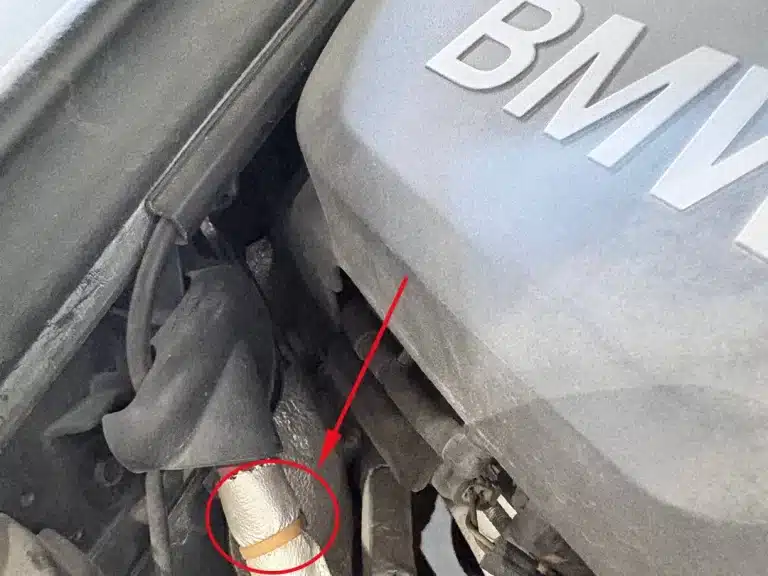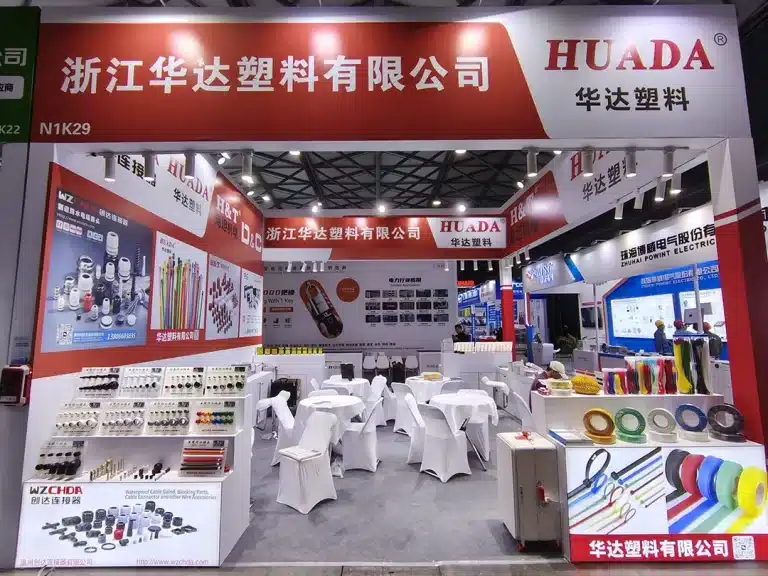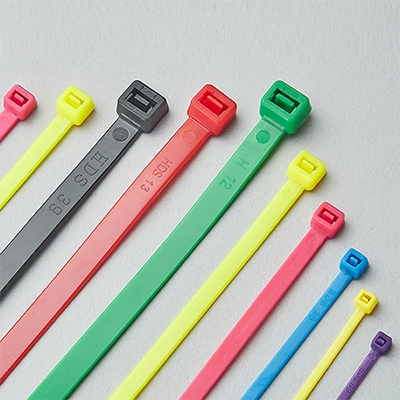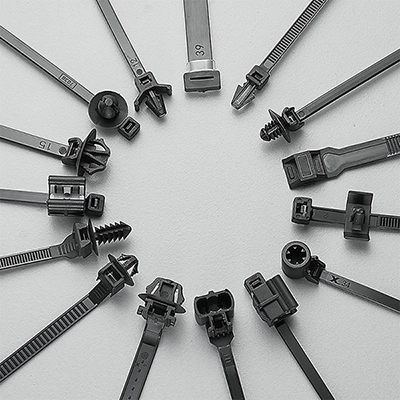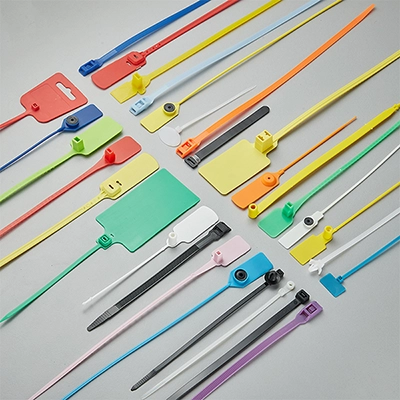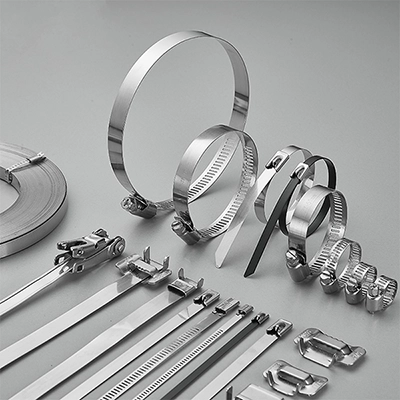Cable ties and twist ties are common bundling tools that we use every day. They have different features and uses. For example, cable ties are good for quickly securing cables, while twist ties work better for flexible, hand-tied binding. Choosing the wrong tool can waste time and effort and affect the result. Today, we will briefly explain their main differences.
What Are Cable Ties?

Cable ties are fastening tools made from high-strength nylon material, typically PA66. Known for their simple yet efficient design, they are widely used across various fields.
A cable tie consists of two main parts: a flexible strip with teeth and a self-locking head at one end. To use it, the strip is inserted into the head and pulled tight, creating a secure and permanent hold. Made from PA66 nylon, these ties offer high strength, wear resistance, corrosion resistance, and durability against aging. For specialized needs, variants like heat-resistant cable ties, UV-resistant cable ties, or flame-retardant cable ties are also available.
Nylon cable ties come in a wide range of sizes and types. Common sizes include 4*200mm and 5*300mm, with some exceeding 2 meters in length. They are categorized into standard nylon cable ties, reusable releasable cable ties, and tag ties designed for attaching labels. This diversity ensures they meet the demands of different fastening scenarios, from industrial use to everyday tasks.
What Are Twist Ties?
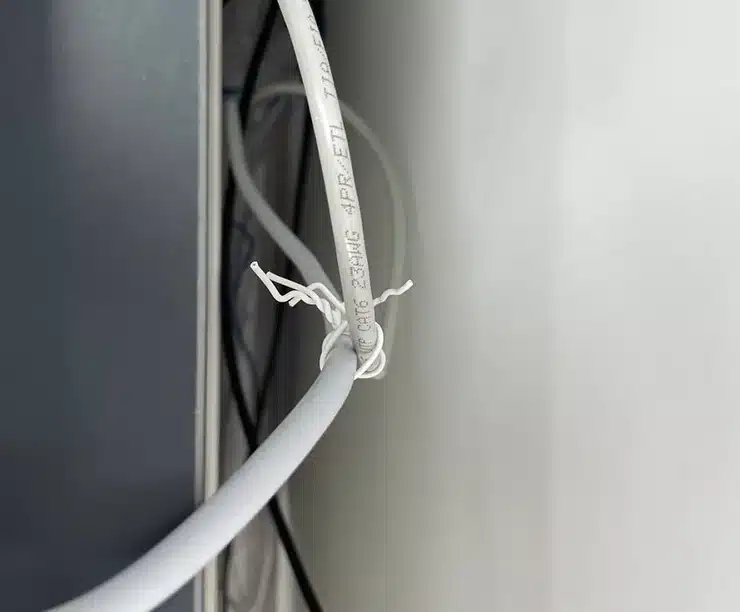
Twist ties are common binding tools you might see on appliance cords at home. They are made from metal wire or sometimes plastic-coated metal. Twist ties are very flexible and can be used many times. They are often used for tying items that have irregular shapes or when you need to adjust the binding. Twist ties come in several types such as plain metal twist ties, plastic-coated twist ties, and even decorative ones.
Differences Between Cable Ties and Twist Ties
1. Material
- Cable Ties: Made from high-strength nylon (PA66) and can include UV or flame-resistant additives.
- Twist Ties: Made from metal or plastic-coated metal, which makes them more flexible and reusable.
2. How They Are Used
- Cable Ties: Use a self-locking design. You insert the strap into the lock and pull it tight. This creates a quick, strong, and usually one-time bond.
- Twist Ties: Require manual twisting. You wrap and twist them around items to secure them. They can be untwisted and reused if needed.
3. Size and Applications
- Cable Ties: Available in many sizes to handle different loads. They are ideal for tasks requiring fast, secure, and permanent binding, such as managing wires or cables in industrial settings.
- Twist Ties: Generally smaller and designed for tasks where flexibility and adjustability are needed, like organizing small cords or bundling items that might need re-adjusting.
4. Pros and Cons
Cable ties are very easy to use, offer a very secure bond, and come in many sizes, but they are typically for one-time use since you usually cut them off after binding. In contrast, twist ties are flexible and reusable, making them ideal for temporary or adjustable binding; however, they are not as strong as cable ties and may require several twists to secure items properly.
Summary
Cable ties are great for quick and firm binding, making them perfect for situations like cable management where a strong, permanent hold is needed. Twist ties, on the other hand, are flexible and reusable, which is useful for tasks that require frequent adjustments. Choosing the right tool depends on your needs and the specific situation.

